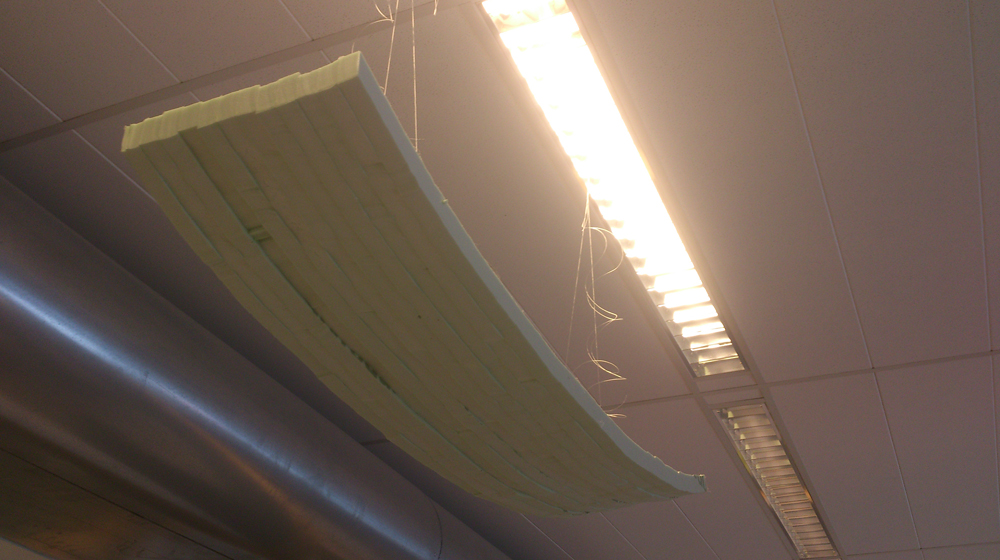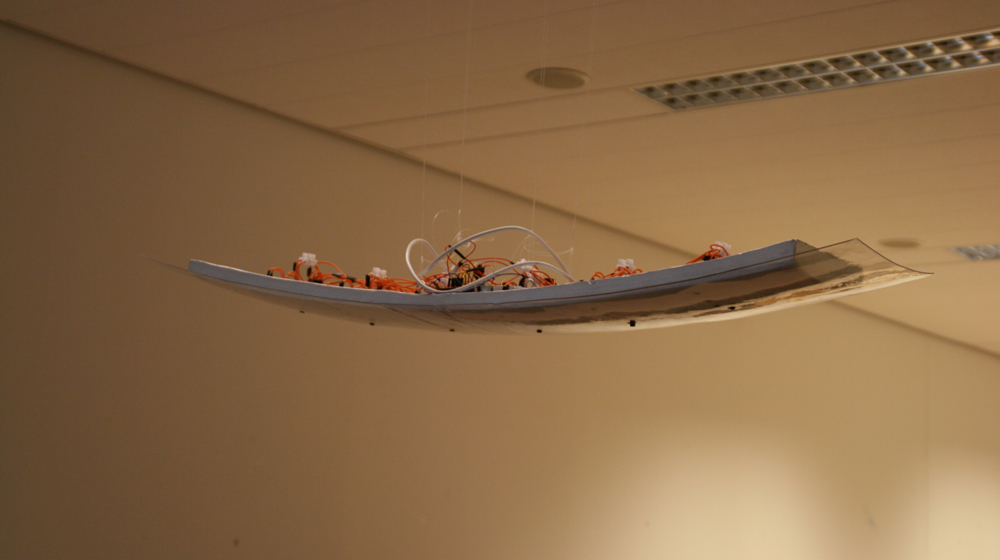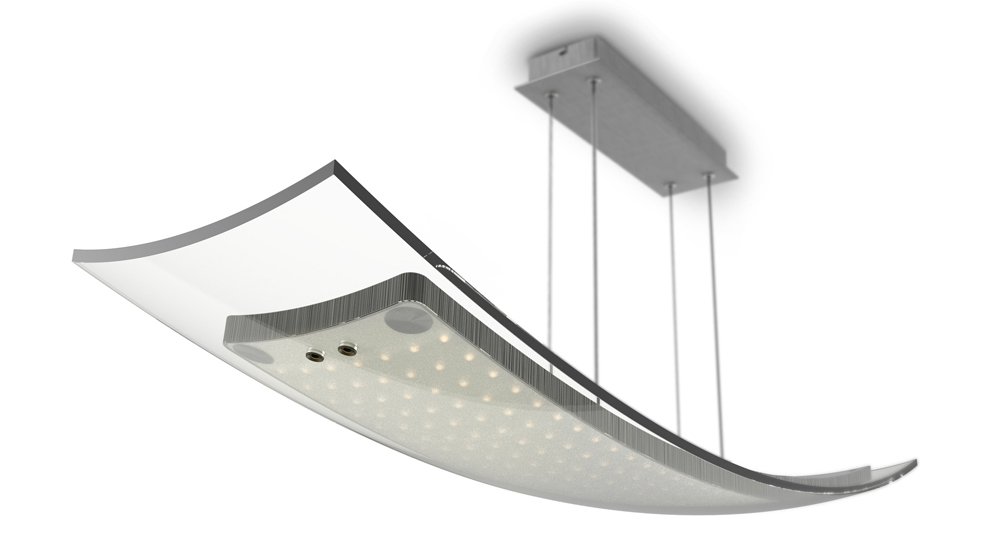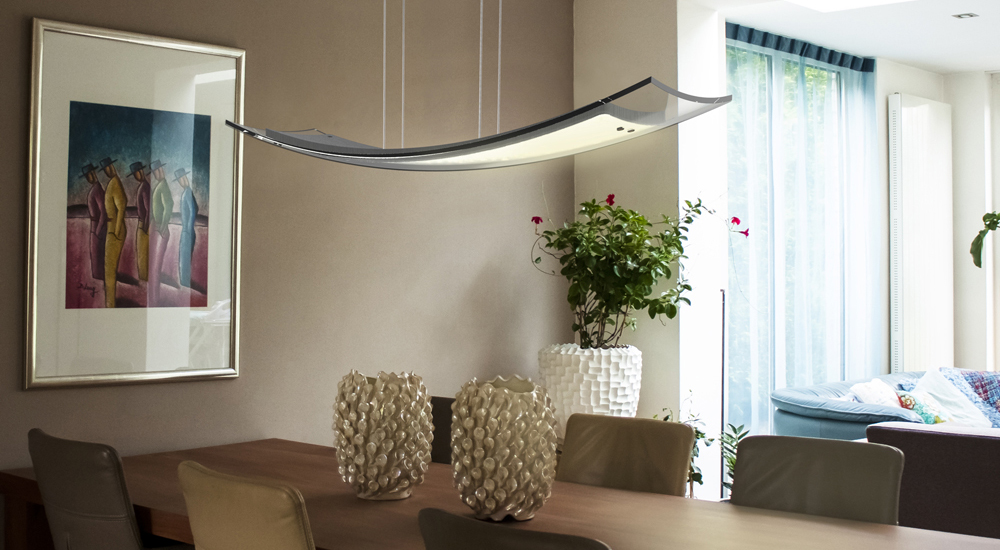
Emerging technologies are opening up new possibilities for creating responsive and interactive lighting environments. The role of lighting control in these interactive systems goes far beyond functional illumination. It’s time to say goodbye to the light switch.
Simply smart
Illumo was initially designed for Smartwares Smart Systems & Lighting (SS&L). Smartwares SS&L seeked to find their ‘product hero’ after a large reorganization: “an iconic, affordable, qualitative and clever solution for home safety, comfort or lighting that holds on to the essence of their brand: simply smart”.
Designing for rich interactions
During this project, I made use of an alternative approach for the operation of interactive products, developed by Joep Frens: rich interaction. This approach starts from people’s skills (perceptual-motor, emotional and cognitive skills) and aims at aesthetic interaction while concurrently exploring and designing the three properties (interaction, form and function) so that the resulting products have a unity of these three properties.
Starting from people’s skills
I researched the role of basic human values and emotional expressions in relation to an interactive lamp. The basic human values were, subsequently, associated with generation Y interaction qualities. In the research, participants were asked to depict several daily activities at home, e.g. dimming lighting, under influence of four different emotional settings. The aim of the research was to use the basic human values and movements of the participants as a source of inspiration and translating them into new interactions.

Exploring form and function
The human values and participation research resulted in four interaction qualities that denoted the desired interaction style for interactive lighting environments: expressive, responsive, playful and collaborative. These four interaction qualities were used to evaluate and weigh the potential of the ideas. Before evaluating and weighing the ideas, I created short descriptions of the context the idea could be used in. This allowed me to get a sense of the relevance of the idea.
Exploring form and function
The human values and participation research resulted in four interaction qualities that denoted the desired interaction style for interactive lighting environments: expressive, responsive, playful and collaborative. These four interaction qualities were used to evaluate and weigh the potential of the ideas. Before evaluating and weighing the ideas, I created short descriptions of the context the idea could be used in. This allowed me to get a sense of the relevance of the idea.

Don’t touch. Just guide.
At home, people are occupied with many daily activities. You eat, work, read, gather with friends and so on. Each situation can be enriched by creating an own specific light setting. Illumo is a pendant lamp that changes its lighting direction and intensity by using hand gestures. You are not limited by the fixed light switch and lighting range anymore, but you guide the light source from anywhere you want, to anywhere you want.

Design and prototype.
Prototype and design.
The main dimensions were determined by means of a foam mock-up. The mock-up was used to physically understand the size and to evaluate its effect on the spatial composition of a home.
After finalizing the design, a first Proof-Of-Concept was made to examine the interaction between Illumo and the user. By testing the Proof-Of-Concept with real users, I was able to conclude whether the interaction qualities were actually evoked during the interaction or not.
Design and prototype.
Prototype and design.
The main dimensions were determined by means of a foam mock-up. The mock-up was used to physically understand the size and to evaluate its effect on the spatial composition of a home.
After finalizing the design, a first Proof-Of-Concept was made to examine the interaction between Illumo and the user. By testing the Proof-Of-Concept with real users, I was able to conclude whether the interaction qualities were actually evoked during the interaction or not.
Dutch Design Week 2016
After two years I decided to continue with the development of Illumo. Illumo was granted with an exposition stand at the Dutch Design Week 2016 by the pre-accelerator Smart Design to Market. Smart Design to Market is a learning and networking program for designers, offered by companies in the Brainport region and led by ASML. SDtM and their partners offered me personal support in optimizing my prototype, business plan and pitch.
After being affiliated with SDtM for half a year and having been rewarded with a mentorship for six months after my pitch, I decided to stop with the program and start graduating.














